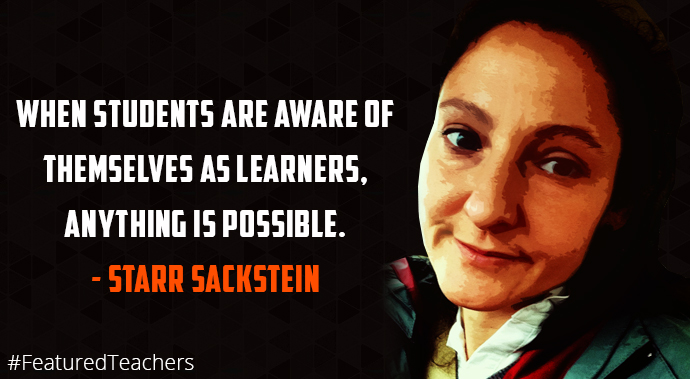
In the last 300 years western society has evolved from an agricultural base to an industrial base to a now evolving digital base. Education is still trying to catch up as we continue to aim for that most laudable of aspirations, the conviction that all children can learn and be successful. If we agree on that core value and strip away all of the clamor that is being created by special interests, the single question we need to answer is this: how do we transform our public education system to reach that place where all children learn and grow to become thriving, productive citizens?
Peel away the societal issues, labor relations, and economic concerns; they will always exist. The single focus that can answer this question is our own humanity; meeting the needs of our children regardless of who is their teacher or where their school is located. If children’s needs are met, they can thrive and learn and grow. Children need to be rested, nourished, healthy, safe, secure, loved, supported, challenged and engaged to be successful. We know this from our own experience. When children have these needs met, they flourish. The amount of money spent, the amount of data collected, the amount of technology used are all distractions if these basic requirements are not met for achieving human potential.
Given this single powerful truth for taking education to the next level, what are our concrete next steps? Renegotiating teacher contracts? Changing funding formulas? Year-round schooling? National standards? Business models?

Listen closely to who is speaking and what they are saying; there is a distinct difference between being a stakeholder and being a special interest. The latter acts in their own self-interest, not the best interests of children.
There’s a comical Steven Wright observation: “Why do you turn down the radio when you’re driving lost?” The humor lies in the fact that it hits close to home….there is some truth in the question. You turn down the radio to rid yourself of the noise and distractions on focusing where you need to be. It’s time to turn down the noise and focus on our destination: all children can learn and be successful.





 ASCD Executive Director Judy Seltz agrees. “At the beginning of the War on Poverty there was a
ASCD Executive Director Judy Seltz agrees. “At the beginning of the War on Poverty there was a
